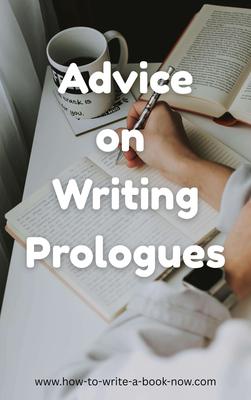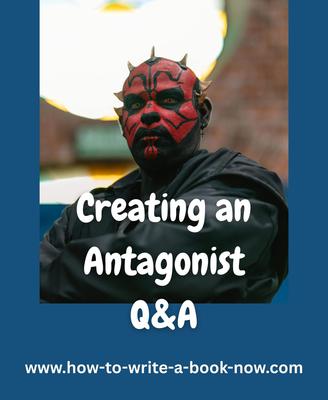When should the rising action begin
by katie
Question: I have thirteen thousand words and my rising action happened three thousand words ago and I want to write a seventy to eighty thousand word novel but i feel like I'm going too fast for my plot.
Answer: The rising action often is the biggest part of a story. In a three-act structure, it can take up more than half the book. Sometimes only a brief first act is enough to get the story rolling, especially if you are writing a more action-driven story.
That said, if it seems you are racing through your plot outline so fast that you may end up with a mere novella rather than a novel, you have a tough decision to make.
First option, maybe writing a novella is okay. Maybe that's the best expression of your story and trying to pad it will only add unnecessary material that slows the pace and makes it less interesting.
Second option, maybe you haven't actually developed your story fully. Have you developed your main character and plotted his/her inner conflict and growth? Have you developed your impact character and his/her relationship to the main character? Are there thematic issues that, if explored, would enrich the story? Are there other characters whose points of view need to be expressed? Would some of the major events work better as sequences of smaller events than as single events?
Take a look at the
... an event that introduces the main character and his unique abilities and approach to problems.
... an event that introduces the impact character and his very different approach to problems
... an event that establishes their relationship
... the beginnings of any subplots
... an introduction to the story world and themes
Any event can be transformed into or replaced by a series of smaller events. For example, in the film Oliver (based on the novel Oliver Twist), the first event is the workhouse selling the orphan Oliver to an undertaker. That could have been told in one scene. Instead, it is presented as a sequence that starts with scenes of hardship in the workhouse, followed by Oliver's request for more food, to the difficulties that causes the staff, to the attempts to sell him, and finally finding a willing buyer.
The challenge is to not add material because you need to add material, but to add material because it enriches the story and make it a more exciting and fuller exploration of your themes and subject matter.
If you're not sure which option is best, I suggest you finish a complete draft and see just how long it is once you're done. You can decide then if more development would help or hurt the story.
- Home
- Plot Questions
- When should the rising action begin















